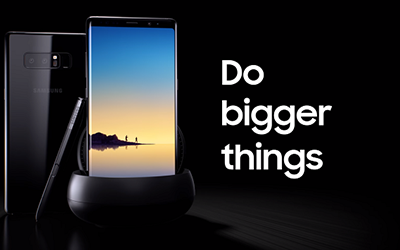According to the timeline, the long battle for civil rights and racial justice all began 68 years ago on May 17, 1954, when the Brown v. Board of Education Supreme Court decision overturned Plessy v. Ferguson. This decision made segregation illegal throughout the country. As a result of this, it gave many people the courage to go out and stand up for their rights and led to many years full of protests for justice. The social movements from the past decades mainly focused on racial equality and economic justice whereas current-day social movements were more about the quality of life itself. There are still many similarities between the social movements of the past and the current day but there are also differences. Some of these similarities that can be seen now compared to the past are the forms of protests and the police brutality that occurred.
To start in the early years of protest in the social movement there was a lot of violence, not from the people protesting but from those opposed to their protests. An example of this would be the Freedom Riders movement of 1961. During what was meant to be a peaceful protest arose an angry mob that produced so much violence that many came close to death as a result. Nowadays in comparison to the reaction of people protesting we don’t see as much violence as there was in the past but that doesn’t mean there isn’t still violence. This circles back around to one similarity between the past and the present which is police brutality.
Police brutality has been around for a long time and was seen in 1979 when a white police officer from Miami-Dade County beat Arthur McDuffie, a Black man, to death which led to what was known as the Miami Rebellion. A more current example of police brutality would be in 2014 when Tamir Rice, a twelve-year-old boy playing with a fake gun at a playground, was shot and killed by a police officer in Cleveland, Ohio. This brought the rise of the “I can’t breathe” movement in which many celebrities became involved. These are only a few of many accounts of police brutality that still occur today.
Starting in 1982 when the reasons behind the protests started to shift and began to support the quality of life. During this year in North Carolina, a toxic dump site was placed where a predominantly black community was. People in this community began to protest this new change because it could have been affecting their drinking water and as a result their health. Protests for health didn’t stop there but continued from 1985-1990 when President Reagan’s wife Nancy Reagan began a “war on drugs”. Nancy Reagan created the slogan “Just Say No” as part of a campaign to discourage drug use to protect the health of people.
The forms of activism expanded from protesting in the streets to incorporating them in the form of art. This can be seen in music like in 1968 James Brown’s song “Say It Loud, I’m Black and I’m Proud.” or even in more recent years of the 90s with the late Tupac Shakur’s “Changes”. There were many similarities and differences between then and now in terms of activism but one major pattern that can still be seen today is police brutality. We can only hope for that repeating cycle to be someday broken in the future.
Destiny J. Lopez


 Posted in
Posted in 

